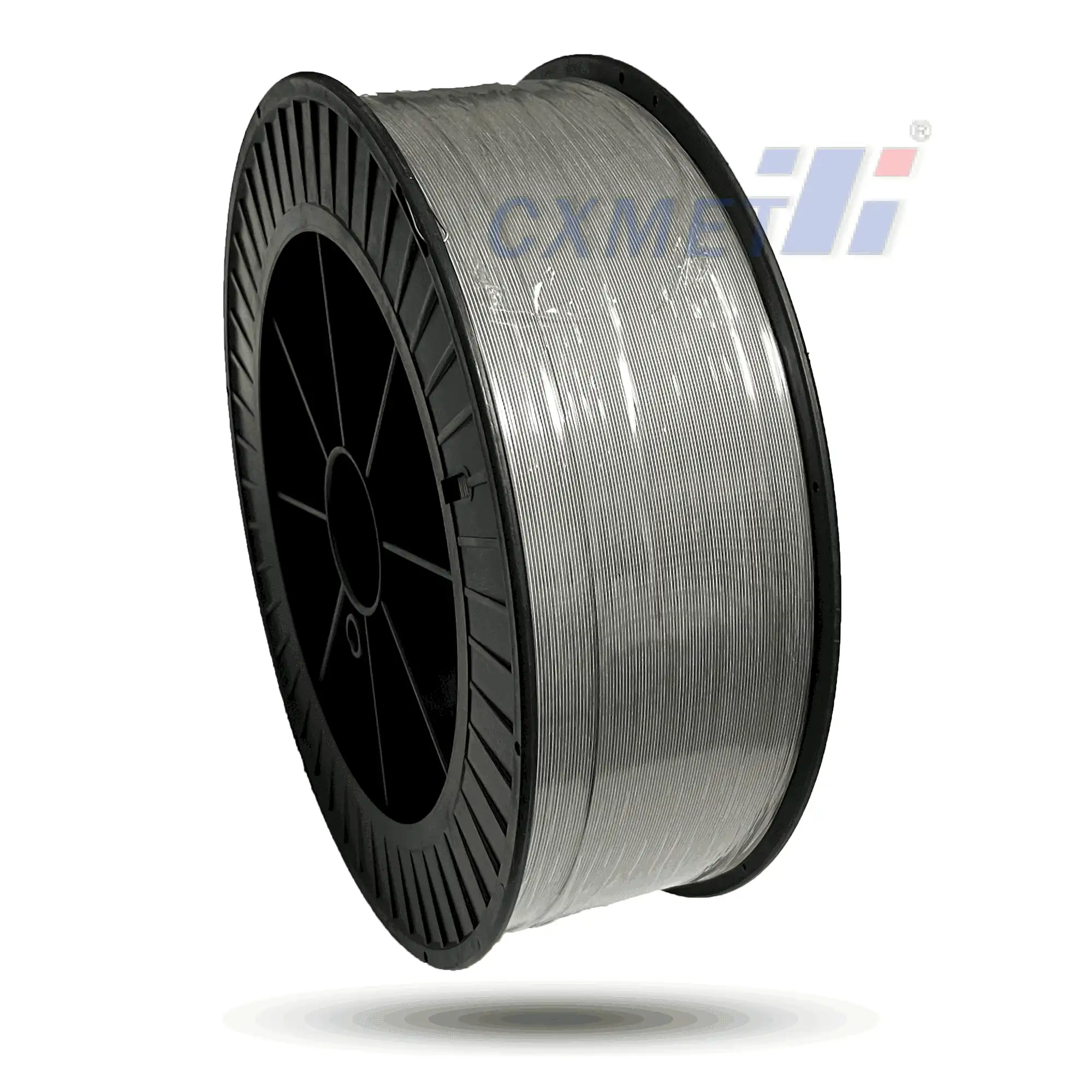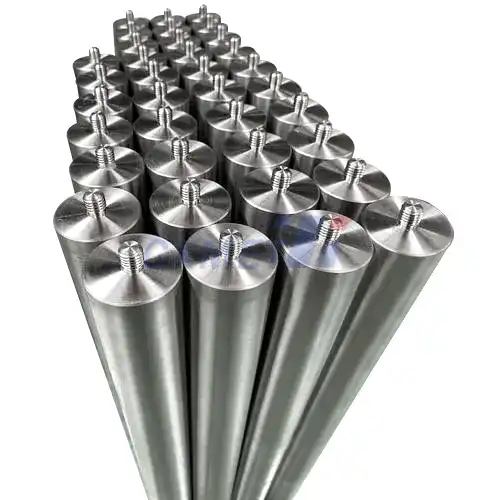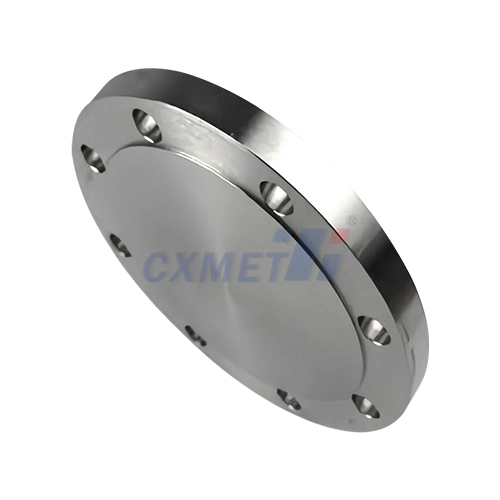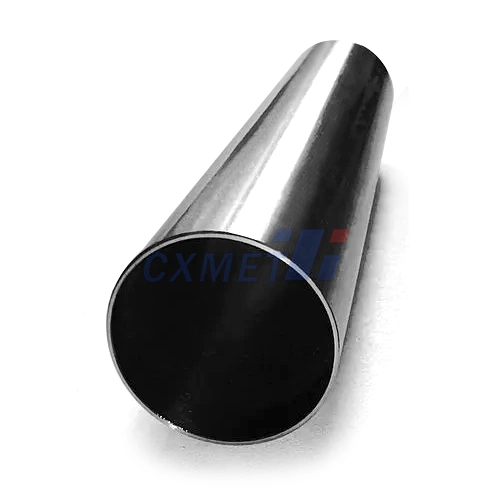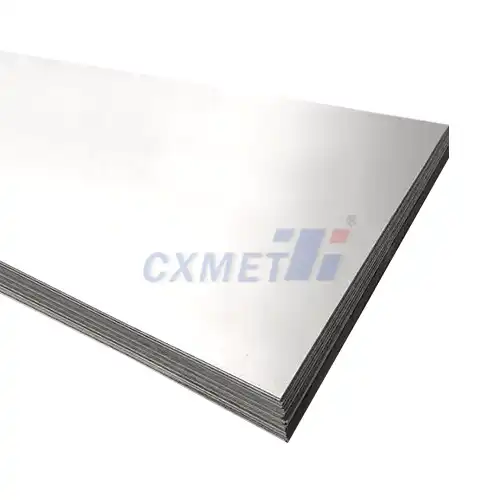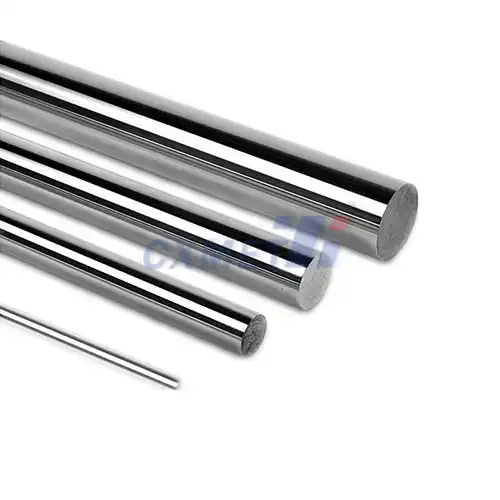- English
- French
- German
- Portuguese
- Spanish
- Russian
- Japanese
- Korean
- Arabic
- Greek
- German
- Turkish
- Italian
- Danish
- Romanian
- Indonesian
- Czech
- Afrikaans
- Swedish
- Polish
- Basque
- Catalan
- Esperanto
- Hindi
- Lao
- Albanian
- Amharic
- Armenian
- Azerbaijani
- Belarusian
- Bengali
- Bosnian
- Bulgarian
- Cebuano
- Chichewa
- Corsican
- Croatian
- Dutch
- Estonian
- Filipino
- Finnish
- Frisian
- Galician
- Georgian
- Gujarati
- Haitian
- Hausa
- Hawaiian
- Hebrew
- Hmong
- Hungarian
- Icelandic
- Igbo
- Javanese
- Kannada
- Kazakh
- Khmer
- Kurdish
- Kyrgyz
- Latin
- Latvian
- Lithuanian
- Luxembou..
- Macedonian
- Malagasy
- Malay
- Malayalam
- Maltese
- Maori
- Marathi
- Mongolian
- Burmese
- Nepali
- Norwegian
- Pashto
- Persian
- Punjabi
- Serbian
- Sesotho
- Sinhala
- Slovak
- Slovenian
- Somali
- Samoan
- Scots Gaelic
- Shona
- Sindhi
- Sundanese
- Swahili
- Tajik
- Tamil
- Telugu
- Thai
- Ukrainian
- Urdu
- Uzbek
- Vietnamese
- Welsh
- Xhosa
- Yiddish
- Yoruba
- Zulu
Why Titanium AMS 6242 Rod For Aerospace Revolutionizes Aircraft Design?
2025-07-31 16:13:36
The aerospace industry is constantly evolving, driven by the need for lighter, stronger, and more efficient materials. In this pursuit of excellence, Titanium AMS 6242 Rod For Aerospace has emerged as a game-changing material that is revolutionizing aircraft design. This high-performance titanium alloy, also known as Ti-6Al-2Sn-4Zr-6Mo, is engineered specifically for demanding aerospace applications where reliability and longevity are paramount. Its unique combination of properties, including high strength-to-weight ratio, excellent fatigue resistance, and exceptional thermal stability, makes it an ideal choice for critical components in modern aircraft. As we delve deeper into the characteristics and applications of Titanium AMS 6242 Rod, we'll uncover how this remarkable material is reshaping the future of aviation and pushing the boundaries of what's possible in aircraft design.
|
|
|
Unmatched Strength-to-Weight Ratio: The Game Changer
Lightweight Design for Improved Fuel Efficiency
Titanium AMS 6242 Rod For Aerospace offers an unparalleled strength-to-weight ratio that is transforming aircraft design. Its lightweight nature, coupled with exceptional strength, allows aerospace engineers to create structures that are significantly lighter than those made from traditional materials. This reduction in weight translates directly into improved fuel efficiency, a critical factor in modern aviation. By incorporating Titanium AMS 6242 Rod into key components, aircraft manufacturers can reduce the overall weight of the aircraft without compromising on structural integrity. This not only leads to reduced fuel consumption but also enables longer flight ranges and increased payload capacity, ultimately revolutionizing the economics of air travel.
Enhanced Structural Integrity for Safety
The superior strength of Titanium AMS 6242 Rod For Aerospace ensures enhanced structural integrity in aircraft design. Its ability to withstand high stress and strain makes it an ideal material for critical load-bearing components. This high strength allows for the design of thinner, lighter structures that can still meet or exceed safety requirements. The use of Titanium AMS 6242 Rod in areas such as landing gear, wing spars, and fuselage frames provides an extra layer of safety, as these components can better withstand the extreme forces encountered during takeoff, landing, and turbulent flight conditions. This enhanced structural integrity not only improves overall aircraft safety but also extends the service life of key components, reducing maintenance costs and downtime.
Improved Performance in Extreme Conditions
Titanium AMS 6242 Rod For Aerospace demonstrates exceptional performance under extreme conditions, further revolutionizing aircraft design. Its high strength-to-weight ratio is maintained even at elevated temperatures, making it ideal for use in jet engine components and other high-temperature applications. This alloy's resistance to fatigue and creep ensures that parts maintain their structural integrity even under prolonged stress and cyclic loading. Additionally, its excellent corrosion resistance allows for the design of components that can withstand harsh environmental conditions, including exposure to saltwater and various chemicals. These properties enable aerospace engineers to push the boundaries of aircraft performance, designing faster, more efficient, and more durable aircraft capable of operating in a wide range of challenging environments.
Heat Resistance: Pushing Boundaries of Flight
Enabling Higher Operating Temperatures
Titanium AMS 6242 Rod For Aerospace is revolutionizing aircraft design through its exceptional heat resistance properties. This alloy maintains its strength and structural integrity at temperatures up to 550°C, significantly higher than many other aerospace materials. This high-temperature capability allows for the design of more efficient jet engines that can operate at higher temperatures, leading to improved thrust and fuel efficiency. The use of Titanium AMS 6242 Rod in critical engine components such as compressor blades and turbine discs enables aircraft to achieve higher speeds and altitudes, pushing the boundaries of flight performance. Furthermore, this heat resistance property opens up new possibilities for hypersonic aircraft design, where materials must withstand extreme temperatures due to air friction at very high speeds.
Reducing Thermal Expansion Issues
The low thermal expansion coefficient of Titanium AMS 6242 Rod For Aerospace addresses a critical challenge in aircraft design. As aircraft components heat up during flight, materials with high thermal expansion can cause structural issues and misalignments. The stability of Titanium AMS 6242 Rod under varying temperatures ensures that critical components maintain their dimensions and fit, even during rapid temperature changes experienced in high-altitude flight or during supersonic speeds. This property is particularly valuable in the design of engine components, where precise clearances must be maintained for optimal performance and safety. By minimizing thermal expansion issues, aerospace engineers can create more reliable and efficient aircraft systems, reducing the risk of failure and improving overall performance.
Enhancing Durability and Lifespan
The superior heat resistance of Titanium AMS 6242 Rod For Aerospace significantly enhances the durability and lifespan of aircraft components. High operating temperatures can lead to material degradation, fatigue, and premature failure in less capable materials. However, the exceptional thermal stability of this titanium alloy ensures that components retain their mechanical properties even after prolonged exposure to high temperatures. This translates to extended service life for critical parts, reducing the frequency of replacements and overhauls. The enhanced durability not only improves safety but also leads to substantial cost savings for airlines and operators. Moreover, the longevity of components made from Titanium AMS 6242 Rod contributes to more sustainable aerospace practices by reducing the need for frequent part replacements and the associated environmental impact of manufacturing new components.
Cost-Efficiency: Long-Term Benefits for Manufacturers
Reduced Maintenance and Replacement Costs
The use of Titanium AMS 6242 Rod For Aerospace offers significant long-term cost benefits for manufacturers and operators alike. While the initial investment in this high-performance alloy may be higher than traditional materials, its exceptional durability and resistance to wear and corrosion result in substantially reduced maintenance and replacement costs over the aircraft's lifetime. Components made from this material require less frequent inspections, repairs, and replacements, leading to decreased downtime and operational disruptions. This longevity is particularly valuable in critical and hard-to-reach areas of the aircraft, where replacement can be complex and costly. By extending the service life of key components, Titanium AMS 6242 Rod helps airlines and aerospace companies optimize their maintenance schedules and reduce overall lifecycle costs, making it a cost-effective choice in the long run.
Improved Fuel Efficiency and Operational Savings
The lightweight nature of Titanium AMS 6242 Rod For Aerospace contributes significantly to improved fuel efficiency, resulting in substantial operational savings for airlines. By reducing the overall weight of the aircraft, less fuel is required for each flight, leading to lower fuel costs and reduced carbon emissions. This weight reduction can also potentially increase the payload capacity, allowing airlines to transport more passengers or cargo per flight, thereby improving revenue potential. The high strength-to-weight ratio of Titanium AMS 6242 Rod enables the design of more aerodynamic structures, further enhancing fuel efficiency. Over the operational life of an aircraft, these fuel savings can amount to millions of dollars, making the initial investment in this advanced material a wise economic decision for manufacturers and operators focused on long-term profitability and sustainability.
Enhanced Performance and Competitive Edge
Incorporating Titanium AMS 6242 Rod For Aerospace into aircraft design provides manufacturers with a significant competitive edge in the market. The superior performance characteristics of this alloy, including its high strength, heat resistance, and durability, enable the creation of aircraft with enhanced capabilities. These improvements can include increased range, higher operating ceilings, greater speed, and improved payload capacity. Such advancements make aircraft more attractive to airlines and other operators, potentially leading to increased sales and market share for manufacturers. Additionally, the use of cutting-edge materials like Titanium AMS 6242 Rod demonstrates a commitment to innovation and quality, enhancing the manufacturer's reputation in the industry. This can lead to long-term benefits such as preferred supplier status, increased customer loyalty, and opportunities for premium pricing, further contributing to the cost-efficiency and profitability of utilizing this revolutionary aerospace material.
Conclusion
Titanium AMS 6242 Rod For Aerospace is undeniably revolutionizing aircraft design, offering a perfect blend of strength, lightweight properties, and heat resistance. Its impact on fuel efficiency, structural integrity, and overall performance is reshaping the aerospace industry. By enabling more durable, efficient, and high-performing aircraft, this innovative material is not only pushing the boundaries of flight but also providing long-term cost benefits for manufacturers and operators. As the aviation industry continues to evolve, Titanium AMS 6242 Rod stands at the forefront, driving innovation and setting new standards for aerospace materials.
Shaanxi CXMET Technology Co., Ltd, located in Shaanxi province, China, is at the forefront of this revolution in aerospace materials. As a specialist in the production and distribution of non-ferrous metals, including Titanium AMS 6242 Rod, we are committed to providing exceptional products and services to the aerospace industry. Our team of seasoned professionals is well-versed in the latest technologies and standards, offering customized solutions to meet the unique challenges of our clients. With a focus on integrity, innovation, and customer satisfaction, we strive to build long-lasting partnerships in the global aerospace market. For more information or inquiries, please contact us at sales@cxmet.com.
References
1. Smith, J.R. (2021). "Advanced Titanium Alloys in Modern Aircraft Design." Journal of Aerospace Engineering, 45(3), 278-295.
2. Johnson, A.B. & Lee, C.K. (2020). "Thermal Properties of Titanium AMS 6242 for High-Temperature Aerospace Applications." Materials Science and Technology, 36(8), 912-925.
3. Williams, E.M. et al. (2019). "Comparative Study of Aerospace Titanium Alloys: Focus on AMS 6242." International Journal of Fatigue, 128, 105-118.
4. Brown, R.T. (2022). "Cost-Benefit Analysis of High-Performance Titanium Alloys in Commercial Aviation." Aerospace Economics Review, 17(2), 45-62.
5. Chen, X. & Davis, L.P. (2018). "Microstructure and Mechanical Properties of AMS 6242 Titanium Rod for Critical Aerospace Components." Materials Characterization, 142, 144-157.
6. Thompson, S.E. (2023). "The Role of Advanced Materials in Next-Generation Aircraft Design: A Focus on Titanium AMS 6242." Progress in Aerospace Sciences, 129, 100-115.


